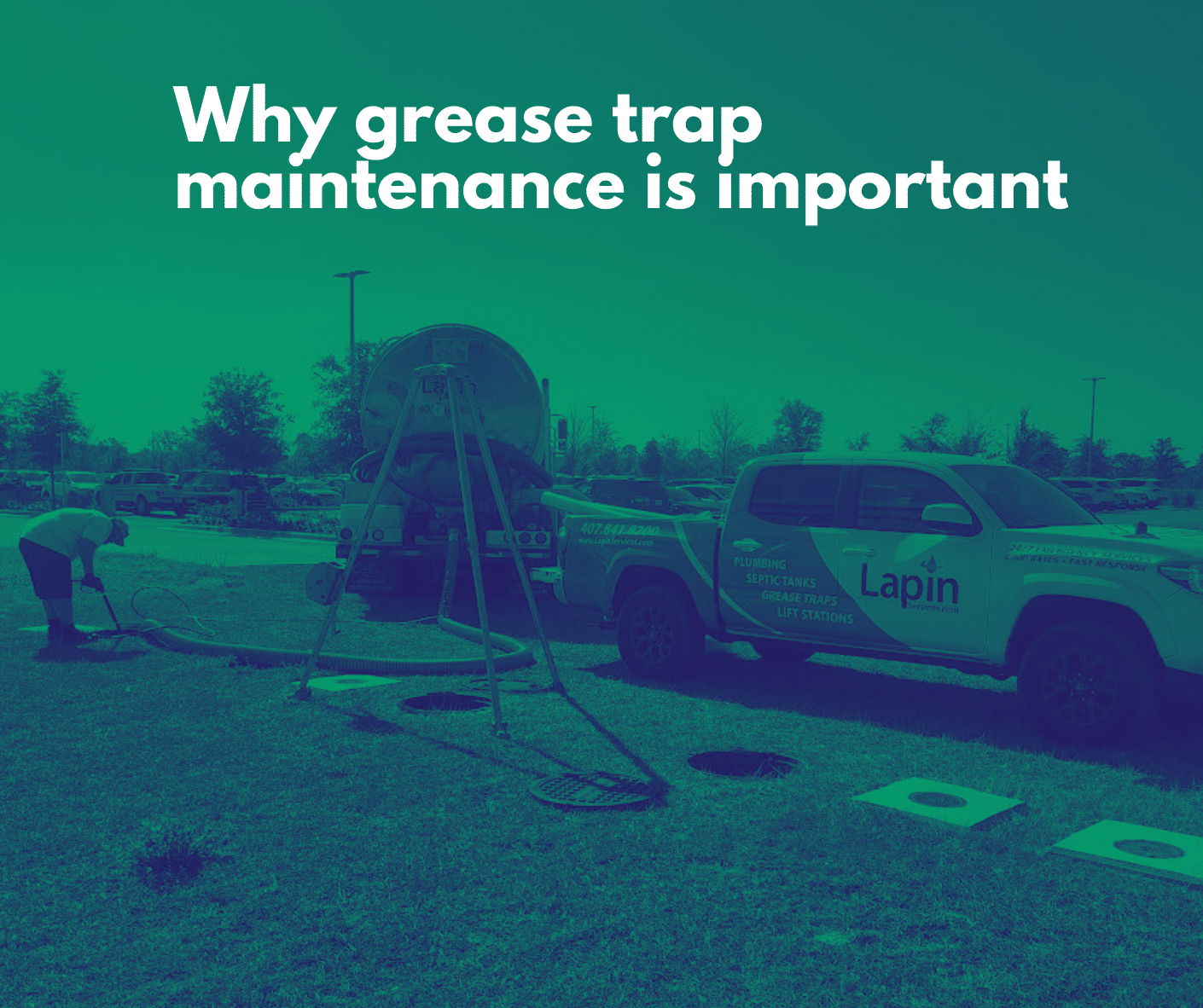Some Of Stillwell Septic And Grading
Some Of Stillwell Septic And Grading
Blog Article
Some Ideas on Stillwell Septic And Grading You Need To Know
Table of Contents4 Simple Techniques For Stillwell Septic And GradingSome Known Details About Stillwell Septic And Grading The 7-Minute Rule for Stillwell Septic And GradingThe Best Strategy To Use For Stillwell Septic And GradingThe 10-Minute Rule for Stillwell Septic And GradingStillwell Septic And Grading - Truths9 Easy Facts About Stillwell Septic And Grading Explained

Homeowners ought to also educate themselves on the essentials of septic systems to ensure they make informed choices throughout the installation procedure - Septic Tank Repairs. Septic systems are an important part of many homes that are not connected to a metropolitan sewer system. They are made to treat and dispose of family wastewater on-site
The septic tank is a huge, below ground container made of concrete, fiberglass, or plastic. The container separates the solid waste from the fluid waste.
A Biased View of Stillwell Septic And Grading
It is additionally crucial to save water and stay clear of overwhelming the system. Easy actions such as dealing with leaking faucets and commodes, setting up low-flow showerheads and commodes, and spreading out laundry lots can help decrease water use and prolong the life of the septic system.
The topography of the site is also reviewed to guarantee that the septic system is installed at the proper elevation. http://peterjackson.mee.nu/where_i_work#c2086. The system must be set up at a higher elevation than the surrounding area to stop contamination of the surrounding environment. Problems are the minimum ranges called for by regulation between the septic system and various other structures or features such as wells, structures, and residential property lines
The elevations will certainly ensure that the septic system operates appropriately, and wastewater is effectively treated. It makes certain that the septic system is set up in the most optimum place, taking into consideration the soil, topography, and troubles.
Some Known Details About Stillwell Septic And Grading
Before setting up a septic tank, homeowners need to acquire permits and abide by policies. The laws vary depending upon the state, region, and municipality. It is important to examine with the local health and wellness department or building department to ensure conformity. Some of the permits and laws that homeowners need to consider consist of:: Property owners need to get a license from the local health and wellness division or structure division prior to installing a septic system.
Some towns may call for a minimum whole lot dimension for septic system installation.: Property owners need to abide with environmental laws when setting up a septic system. https://myanimelist.net/profile/stillwellsag. For example, some states may require an environmental effect evaluation before mounting a septic system.: House owners require to conform with building and construction guidelines when setting up a septic system.
The Of Stillwell Septic And Grading
Some towns may call for periodic examinations and pumping of the septic container. It is crucial for house owners to obtain authorizations and abide with laws before mounting a septic system.
Among one of the most essential elements to consider when choosing a sewage-disposal tank is the size. A sewage-disposal tank that is also little for the home's demands will call for more regular pumping, while a tank that is too huge can result in excessive discover this water buildup and potential system failure. A general general rule is that the tank needs to have the ability to hold at least 2 days' well worth of wastewater.
What Does Stillwell Septic And Grading Mean?

It's additionally vital to consider the type of system the septic storage tank will certainly be used with. There are 2 primary types of septic systems: gravity and pressure.
Stillwell Septic And Grading Fundamentals Explained
On the whole, picking the right septic system for a home is an important decision that needs mindful consideration. Home owners should seek advice from a professional to identify the most effective options for their particular needs. Prior to setting up a sewage-disposal tank, house owners need to take specific actions to plan for the installation procedure. This area describes both major areas of preparation: excavation and safety and security actions.
Here are some vital safety steps to follow: Use protective gear: Homeowners must put on protective gear, such as handwear covers, boots, and headgears, to avoid injury during the setup process. Stay clear of electric lines: Homeowners have to prevent digging near electric lines to protect against electrocution. Usage care when operating hefty machinery: House owners should make use of care when running hefty machinery to stop mishaps and injuries.
The 6-Minute Rule for Stillwell Septic And Grading
By complying with these essential actions, home owners can make sure a successful sewage-disposal tank installation procedure. Septic storage tank installment is a crucial process that requires mindful planning and execution. Home owners that are mounting a sewage-disposal tank for the very first time should know the vital actions included in the procedure to ensure that their septic system operates successfully and efficiently.

Report this page